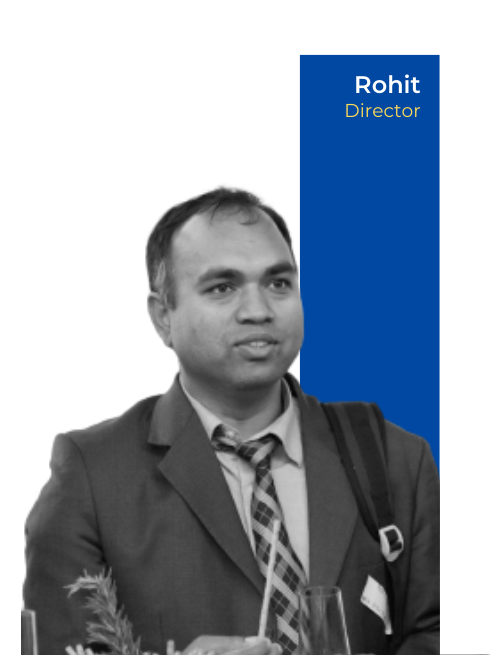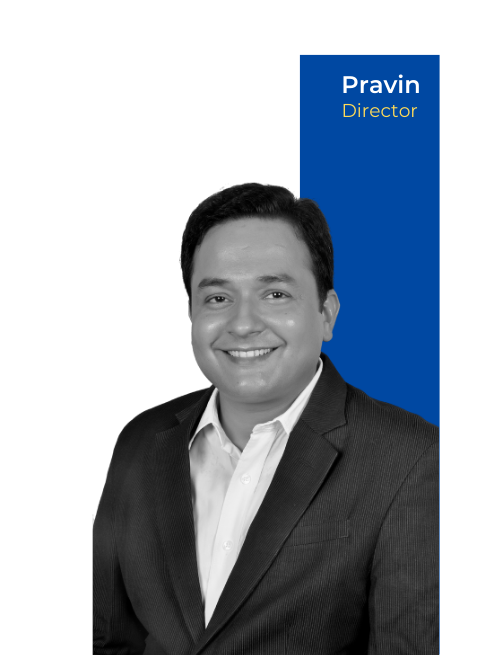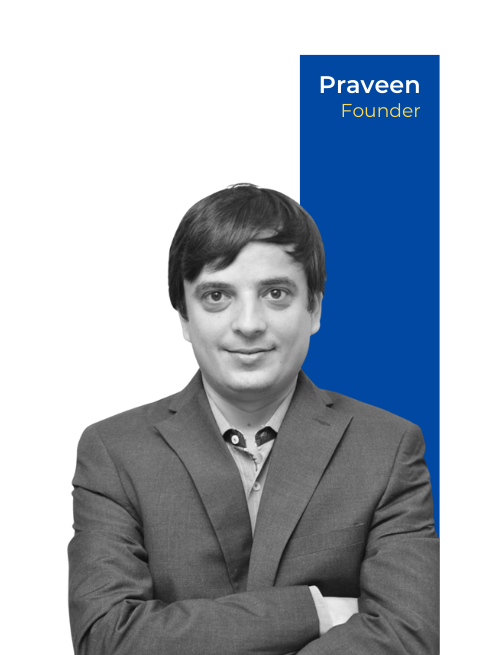Problem
The patent we got for invalidation disclosed a method to make a call using a stationary communications terminal, a mobile telephone radio and the required network. Objective of our team was to make the case strong in best possible way for our client
Solution
Invalidation search for this patent was kicked off with our conventional search strategy. At Researchwire we have teams assigned for searching in different areas. For us it is necessary to grasp the soul of the patent before proceeding any further and teams in action first devote their time to achieve the same. In order to comprehend the key features and claims of the patent; study of file history, citation analysis and technology analysis were carried out. Cited arts were analyzed, Google tech perusal was done and Google prior art search was carried out to uncover more keywords & classes.
In nascent stage of the search, we were looking for a stationary phone similar to desk-phone as the detailed description took reference of similar figures in the subject patent to explain the invention. And keeping the spirit of the invention intact we were able to uncover few close prior arts. These prior arts appeared to be fulfilling our purpose which came out as a result of following the standard procedure. But at the end of the 3rd day of the project we met for the mid project review and it was felt that in order to do exhaustive search, other search strategies should also be identified and incorporated.
Best way to uncover good prior arts is to remain open to any wild suggestions and disclosures. Any research firm can uncover prior arts using conventional methods but we at Researchwire work with the motto “Go unconventional, go exhaustive”. To decide further course of action, discussions over conference calls were held with client where the intermediate results were discussed and the stand of the client vis-à-vis the claim construction was discussed in detail. Subsequent to this, one of our team members suggested that, within the scope of the claim terms, this type of calling process could be found in vehicles / cars also. For audio sets/ phone sets were hinged / mounted upon the vehicles and those could be contemplated, for the purpose of the current litigation, as a stationary communication terminal. Keeping this in mind we looked for the classes in which the idea of our team member was incorporated. We found one good class B60R 11/02 which stands for “arrangements for holding / mounting articles such as telephone, radio, television sets in vehicles”. We also incorporated relevant keywords in our previous search strategy.
Impact
With our reoriented approach, we went for the databases such as Thomson Innovation, PAJ, Google Scholar and Espacenet keeping in mind that any hinged / mounted audio set communicating with mobile phone could be our result. With the focused effort , we were able to uncover two anticipatory prior arts along with a few other close arts. Same approach was blended in previous search strategy used for NPL search and our NPL team was also successful IN uncovering useful NPL documents.
“Leave no stone unturned, No result should gets left behind, Go unconventional, Don’t stop before exhaustive search is done, Client should be blown away with the unexpected prior art” are a few of the phrases we not only hear at Researchwire but inculcate and practice them on a project to project basis.



